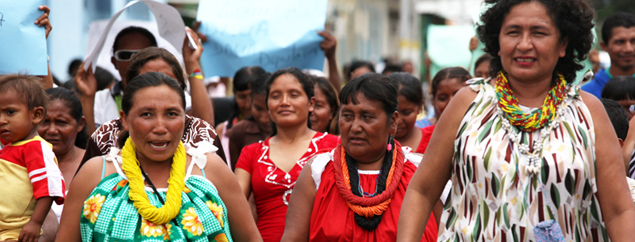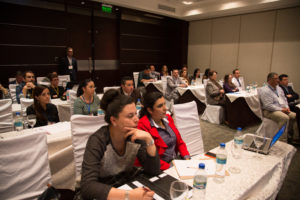Closing the Gap: Women’s Employability in Latin America
In a communiqué published after the G20 Summit in Brisbane back in 2014, a range of global issues were addressed – creating jobs, boosting trade and investment, dealing with corruption and reducing the gender gap in labour force participation. The group set target to decrease by 25% by 2025 the inequality and current participation rates between men and women in the workforce, employing over 100 million women, increasing global growth and reducing poverty.
Latin America is demonstrating improvements in the area of women employability over the last 25 years. Since the early 1990’s, the participation of women in labour markets has grown to 55% as pointed out by the Inter-American Development Bank.
However, the past few years have seen very little progress in this direction and the rate is even starting to decline. What is more, the regional gap in wagers is around 20% between men and women. One of the possible solutions to addressing these issues is for companies to encourage gender diversity like the Inter-American Development Bank is planning to do – they aim to increase the number of women in management positions within the organisation by 40%.
It should also be noted that, although in the same region, the situations across countries vary as they have a lot of dissimilarities between each other. For example, Peru and Mexico are both countries of average disposable income and a large share of indigenous population and yet women’s work involvement rate in Peru is about 2 times higher than the one in Mexico.
Although the International Labour Organisation’s (ILO) 2015 global study on gender equality draws upon some discouraging results, concluding that it could take up to 200 years to achieve it, it shows a more optimistic picture of the Latin America scenery. Colombia ranks second in the list of countries with a higher proportion of women in management roles – 53.1%, Panama takes the fifth place with 47.4% and Guatemala is the last from the region that makes it to top 10 with 44.8%. Interestingly, more developed economies have much lower share of ladies into high level positions – Brazil with 37.3 %, Peru with 29.3% and Chile with 23.6%. Chile is also among the examples where there are less than 5% of women in companies’ boards of directors.
ILO points out that there are “invisible barriers” impeding women from reaching top level roles such as the greater responsibilities for them at home, the predominance of a masculine business culture and the gender roles and stereotypes. The report also observes the correlation between size and position – the bigger the company, the smaller the chances of a woman managing it.
Alternatively, a book by Japanese academics that was presented earlier in March this year examines women’s involvement in politics and results show that the region actually leads in the measures against the gender gap. The research has been conducted by a team of around 20 university professors, took three years to complete and concludes that the presence of women in positions of responsibility is evidently high in 90% of Latin American countries. The team evaluated the current situation of the region as reaching the most success in establishing policies to tackle gender inequalities. Giving as examples the cases of Mexico, Panama, Nicaragua and Bolivia that have adopted a pro-women law, allocating to them quotas for positions of power, the study demonstrates some expectations that the improvement is continuous and could only further ameliorate in the future.
The solution to boosting female participation, quality of employment and gender equality is seen by the OECD together with ILO as a set of 11 policies, including: a lifelong access to education and training, access to affordable and quality child care, enhancement in self-employment and entrepreneurship and extended social protections:












































